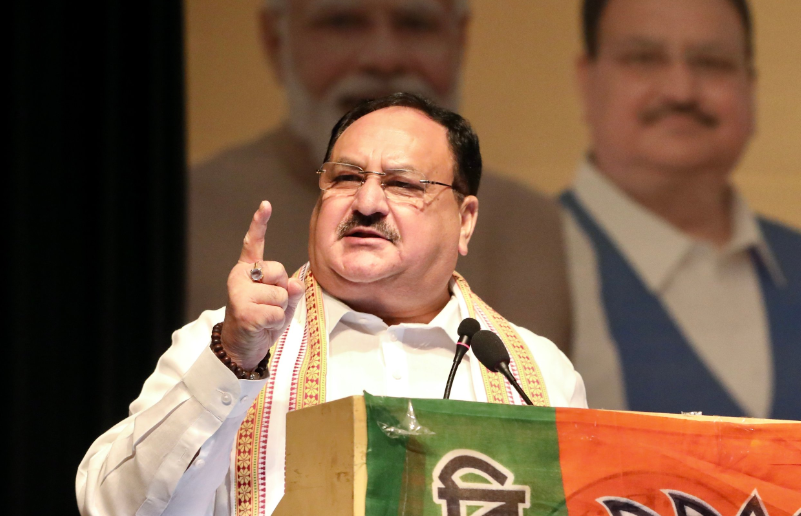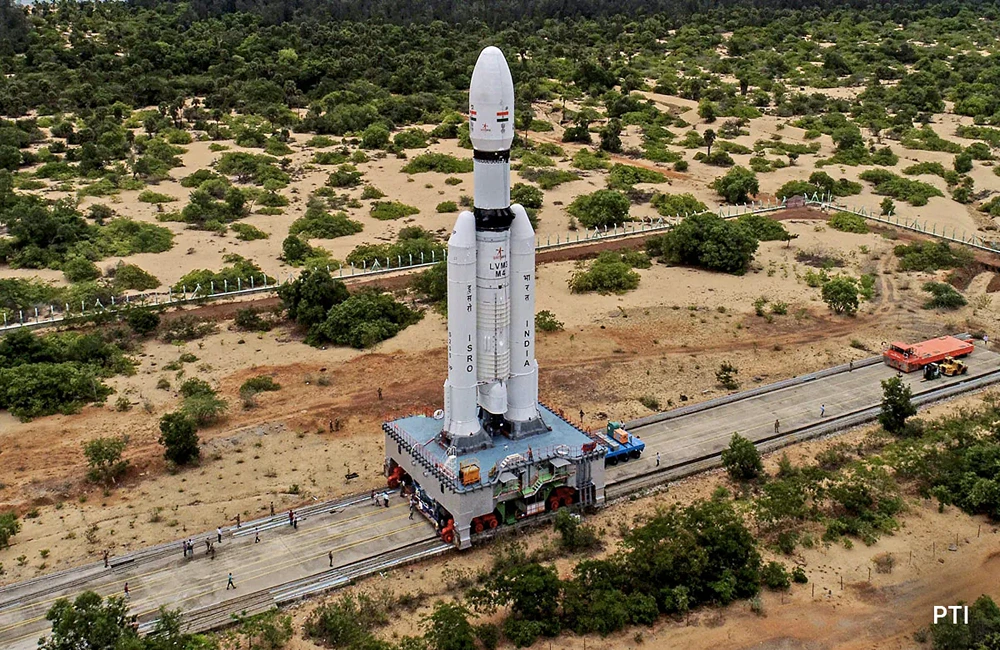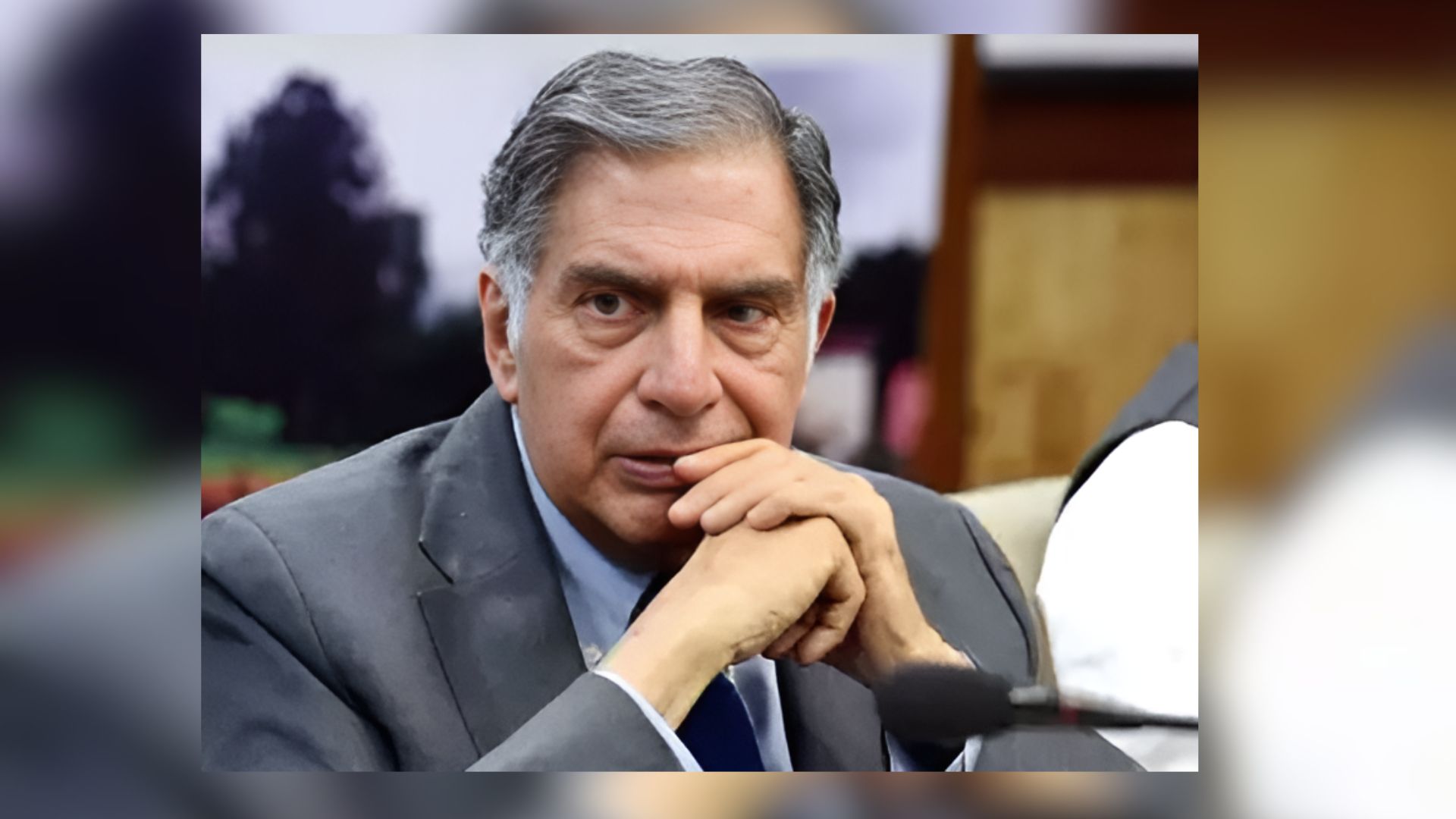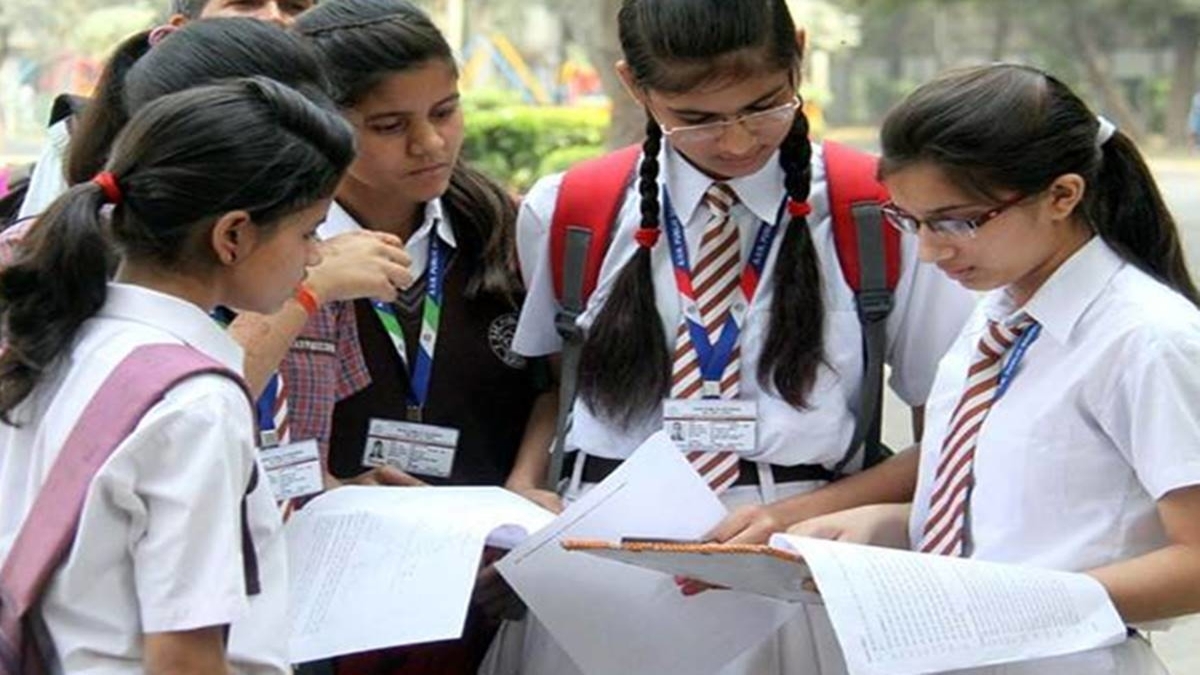










With the launch of Chandrayaan-3 on Friday, the Indian Space Research Organisation (ISRO) is prepared to attempt to land on the moon again, with more fuel, several fail-safe safeguards, and a more prominent landing location. Chandrayaan-3, scheduled to launch at 2:35 PM on Friday, is a follow-up mission to Chandrayaan-2, which crashed-landed in September 2019 due to a software error. The Vikram lander of Chandrayaan-2 hurtled towards the designated 500 m 500 m landing spot on the lunar surface, with the engines designed to reduce its velocity developing higher thrust than expected. ISRO Chairman S Somanath shared minute details about what went wrong on Monday.
“The main problems were that we had five engines employed to provide retardation or a drop in velocity,” said the Chief. On the margins of the India Space Congress, organized by SIA India, he told reporters that these engines had produced more thrust than was anticipated. According to Somanath, the inaccuracies caused by this discrepancy increased over time when there was such a more significant thrust.
“All of the errors ended up adding up, and the total was more than anticipated. The craft had to spin quite quickly. Because we needed to prepare for such high rates to arrive, the software limited its ability to turn as it began to spin very quickly,” added Somnath. This was the second problem, according to the ISRO chief. He claimed that the little 500m by 500m site chosen for the spacecraft’s landing was the third factor in the catastrophe.
“The craft was attempting to get there by accelerating. It was practically touching down and was picking up speed,” said Somanath.
He also claimed that the space agency chose a failure-based design for Chandrayaan-3 instead of a success-based design for Chandrayaan-2. “We increased the landing zone from 500 x 500 meters to four by 2.5 kilometres. Since it might land anywhere, you are not forced to aim at a particular spot. It will only aim at a particular place under ideal circumstances. Therefore, lousy performance could occur anywhere in that range, Somanath said.
He claimed that the Chandrayaan-3 also has additional fuel, giving it the flexibility to move to a different landing spot or travel farther. “We examined a large number of failures, including sensor failure, engine failure, algorithm failure, and computation failure. Therefore, we want it to land at the required speed and rate regardless of the failure.
As a result, many failure scenarios have been computed and programmed inside, according to Somanath. The head of ISRO said the Vikram lander now has additional solar panels installed on its other sides to ensure that it can generate electricity no matter how it lands. “We asked what would happen if it landed faster. Can it not land? Then we increased the vertical velocity component from 2m/s to 3m/s and fully tested it. Did,” he said. He said the spacecraft flew over various terrain in a helicopter, used cranes to test landing operations, and was tested for resistance to vibrations. “We set up a new test bench for simulation that didn’t exist last time, and we wanted to use it to investigate error scenarios,” said Somanath.









